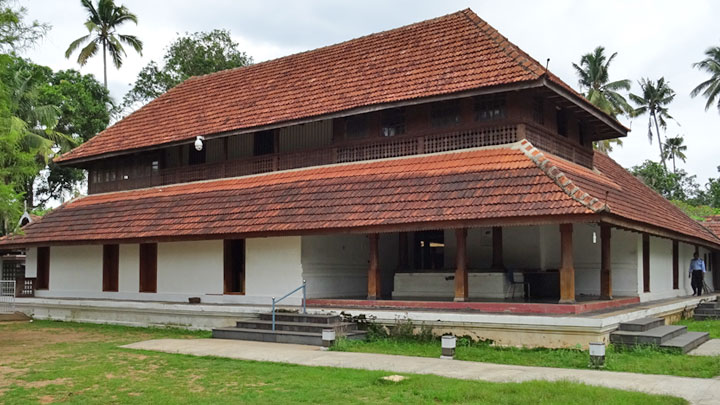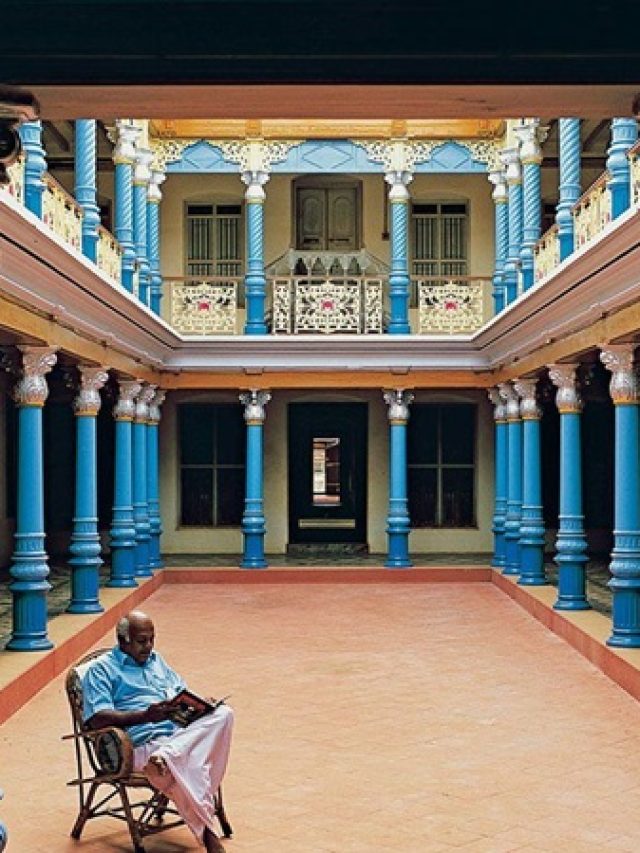The term “vernacular architecture” describes the customary and native styles of building construction that have developed in reaction to regional climate, building materials, and cultural norms. Vernacular architecture, in contrast to more codified and academically oriented architectural styles, is frequently the outcome of a community’s practical requirements and the resources at its disposal.
Typically, vernacular buildings are made of locally obtained materials such as wood, stone, mud, thatch, bamboo, or other readily available materials from the surrounding area. The local climate and natural factors have a significant influence on vernacular building. Buildings are made to be comfortable and to shield occupants from the sun, wind, humidity, and temperature.
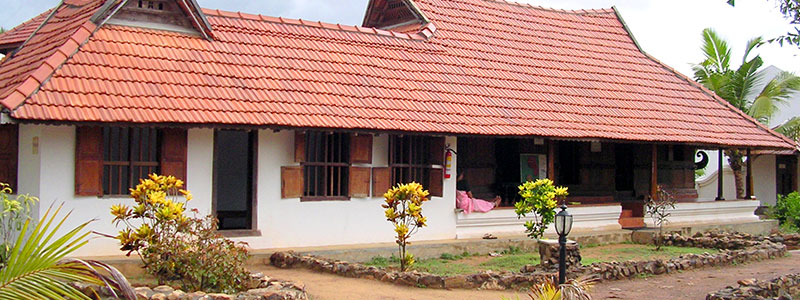
The employment of particular symbols, colours, and ornamentation that have cultural meaning is one way that the design of vernacular structures frequently reflects the cultural traditions, values, and social behaviours of the community. Vernacular architecture is renowned for its flexibility in responding to shifting circumstances. Buildings in communities are frequently altered and evolved in response to demands, resources, and experience. Over time, structures might remain because of their adaptability.
The construction of buildings in the vernacular typically involves collaborative efforts that leverage the knowledge and skills of the local community, fostering a sense of shared identity and ownership. Vernacular architecture is often inherently sustainable; rainwater collection, passive solar design, and natural ventilation are a few examples of such features. It is also designed to blend in with the surroundings and uses locally accessible materials.
Indian Vernacular Architecture
The vernacular architecture of India is a complex and varied fabric that reflects the nation’s many climates, geographies, cultural customs, and historical influences. Thatched Huts and Mud Houses are traditional homes made from locally accessible materials like mud, thatch, and bamboo in many rural areas, particularly in states like Rajasthan, Gujarat, and parts of South India. The thatched roof shields the home from the heat, and the mud helps keep the interior temperature comfortable.
The Chettinad houses, which may be seen in Tamil Nadu, are renowned for their opulence and distinctive architectural elements. These big, opulent houses frequently have vast courtyards, carved woodwork, and significant usage of Athangudi tiles.
The traditional Bhungas, found in Gujarat’s Kutch region, are round mud homes with conical thatched tops. These buildings offer natural cooling and storm protection since they are ideally suited to the arid desert climate. Traditional homes in the Himachal Pradesh Kangra Valley are constructed with sloping roofs to enable snow removal in the winter. Local wood and stone are used as insulation.
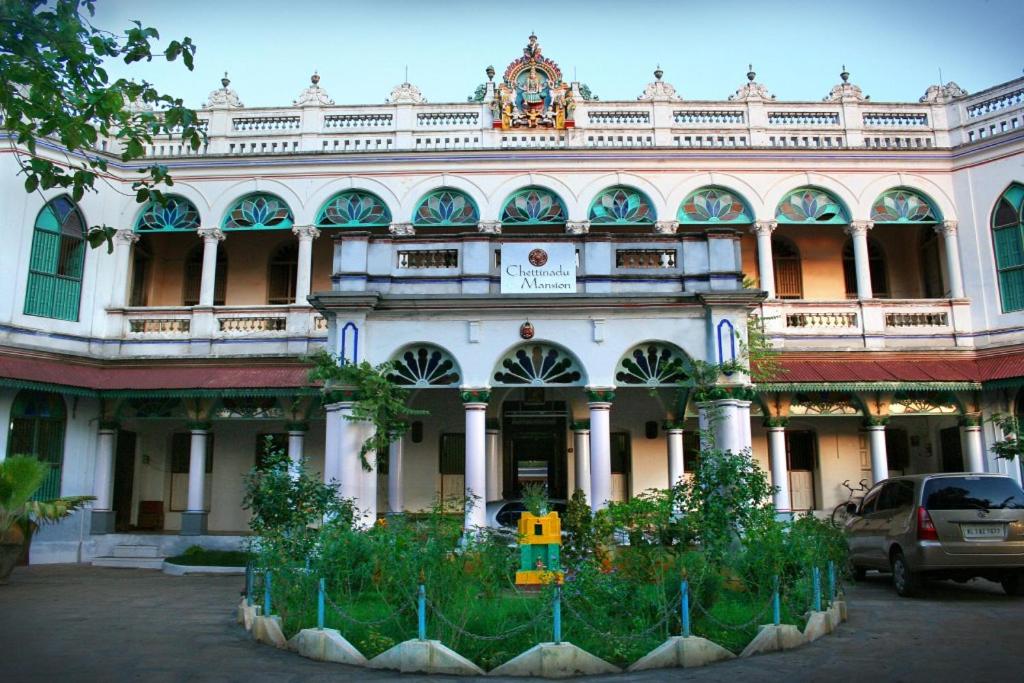
A central courtyard in Kerala is encircled by four halls that are each connected to the courtyard; these houses are known for their elaborate woodwork and sloping roofs, called the Nalukettu. Bright colours, spacious verandas, and tiled roofs are common features of traditional Goan homes. The architecture, which reflects colonialism, combines Portuguese and Indian elements.
Step-wells are architectural marvels that are found throughout India and are designed to conserve water. They are made of steps that descend to a water source and are frequently decorated with beautiful carvings. The native Toda people of Tamil Nadu construct their characteristic barrel-vaulted homes out of bamboo and thatch in the Nilgiri Hills. The misty, cold temperature of the area is ideal for these shelters. Himachal Pradesh’s traditional homes, particularly those in Kullu and Manali, are renowned for their elaborate timber construction and carvings. These areas have an abundance of wood, which is used for both structural and decorative purposes.
Kerala Vernacular Architecture
Kerala, a state in southwest India, is known for its unique vernacular architecture, which is a reflection of the region’s tropical environment, copious amounts of rainfall, and rich cultural traditions. The thatched roofs of traditional Kerala houses, which are sloped and covered in thatch constructed from locally accessible materials like coconut palm leaves, assist in naturally ventilating the interiors, keeping them cool. Kerala’s traditional architecture heavily incorporates wood; ornately carved wooden windows, beams, and pillars are typical elements of houses. Rosewood and teak are popular choices because of their attractiveness and robustness.
Four interconnected halls surround a central courtyard, which is the defining feature of the Nalukettu architectural style. These homes are usually spacious and represent the traditional joint family structure. The courtyard, which is frequently open to the sky, serves as a focal point for family gatherings. Latticework or elaborate jali work is frequently seen in windows and door panels of traditional Kerala homes. This enhances the visual attractiveness while preserving privacy and facilitating the passage of light and air.
Known as “Nalukettu padippura” or “Thattinpadi,” elevated platforms are the foundation of many traditional Keralan homes. This elevation creates a sheltered area beneath the home and aids in minimising waterlogging during heavy downpours. In some regions of Kerala, especially those where Brahmin groups have historically resided, there are distinctive home designs called “Agraharams.” These are lines of homes with a temple at one end and a shared courtyard in the middle.
Large balconies and verandas that act as transitional areas between the indoor and outdoor rooms are typical features of traditional Kerala homes. These spaces offer a link to the surrounding natural environment and are utilised for a variety of purposes. The entrances of traditional Kerala homes frequently include ornate gateways known as “Padippura.” With their elaborate woodwork, these gateways are a representation of hospitality.
Goa Vernacular Architecture
Goa is a coastal state on the western coast of India. Because of its colonial past under Portuguese administration, Goa has a distinctive vernacular architecture that represents its rich history, cultural variety, and a fusion of Indian and Portuguese influences. The use of vivid colours, white-washed facades, and unique tilework all demonstrate this.
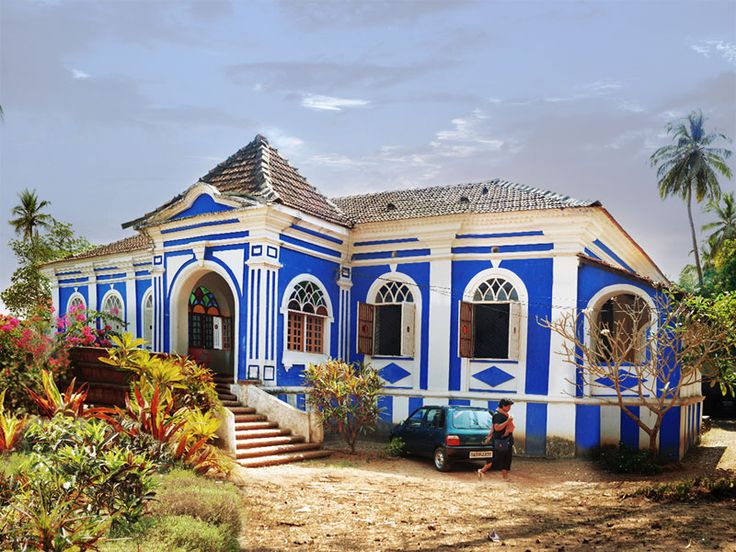
The vivid mood of the state is enhanced by the bright and colourful colours painted on traditional Goan houses. In contrast to some other Indian vernacular architecture, this has a more earthy tone. Goan homes are distinguished by their tiled roofs. Red clay roof tiles are typically used, and they are frequently obtained locally. During the monsoon season, the tiles help shield against severe rainfall and offer insulation.
Balustrades and elaborate railings adorn numerous Goan homes’ balconies and verandas. These facilities function as semi-outdoor gathering places where people can mingle and take in the sea breeze. In Goan architecture, wooden shutters and louvres are frequently employed to regulate ventilation and light. These components allow for privacy when needed and add to the tropical appearance.
The “ola,” or inner courtyard, is a primary gathering place for the family in traditional Goan homes. A well is frequently located in the courtyard to store water. Goan houses are frequently surrounded by compound walls, which gives them a feeling of security and seclusion. Known as “balcão,” decorative gates are frequently seen and sometimes have elaborate decorations. Casa da Moeda is a special feature seen in some ancient dwellings, especially in the Velhas Conquistas (Old Conquests) districts: this is a tiny building inside the home where Portuguese coins were struck.
Vernacular Architecture Of Tamil Nadu
Tamil Nadu, a state in southern India with a rich cultural legacy, has a tropical environment with hot, muggy weather for a large portion of the year. Topography, temperature, and historical developments all have an impact on the state’s vernacular architecture. Conventional architecture is geared toward addressing the following climate conditions: Large windows, high ceilings, and thick walls are typical architectural elements that let in natural light and keep rooms cool.
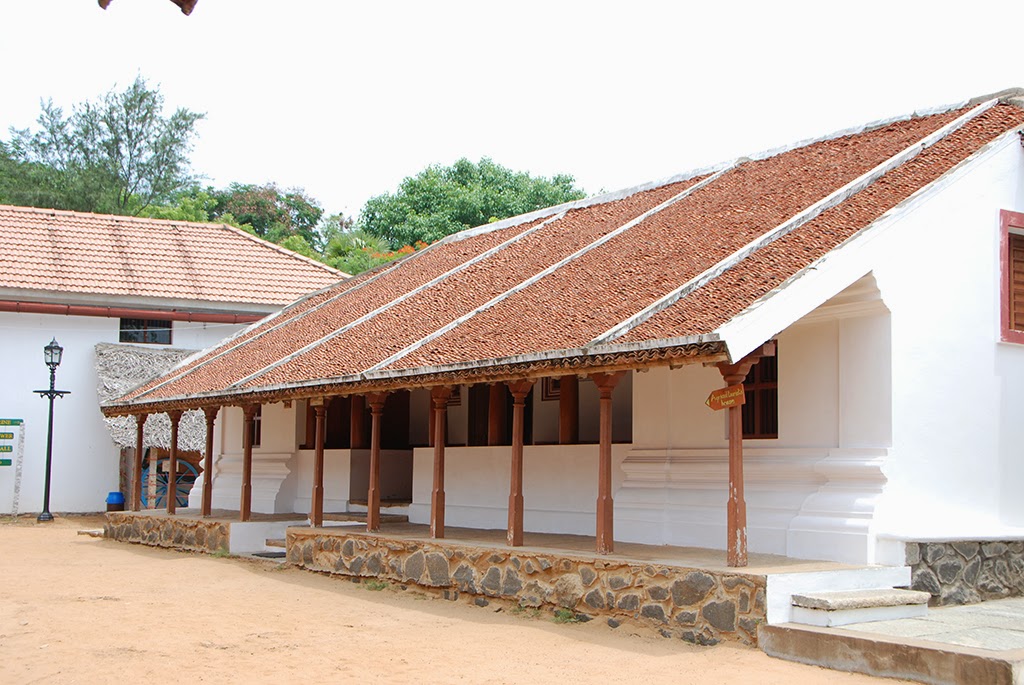
Vernacular architecture makes considerable use of locally accessible materials, such as wood, thatch, stone, and brick. Doors, windows, and roof structures are made of wood, and roofing is done with tiles or thatch. A central courtyard is a common element of traditional Tamil Nadu homes; this layout allows for cross-ventilation and functions as a meeting area for family events. The presence of a tiny shrine or a Tulsi plant in the courtyard highlights its religious and cultural importance.


